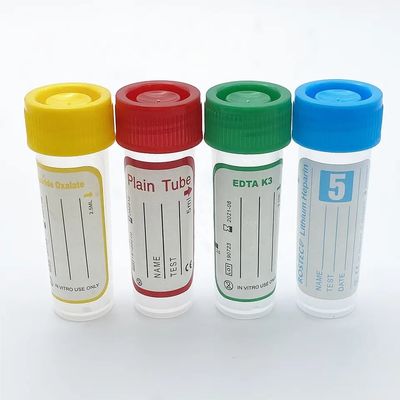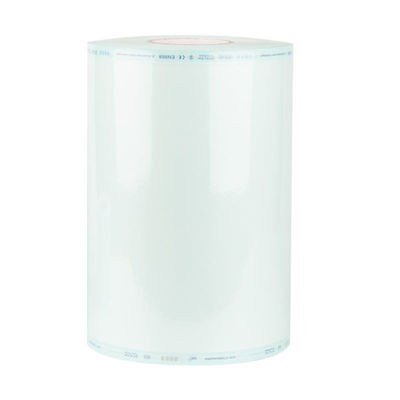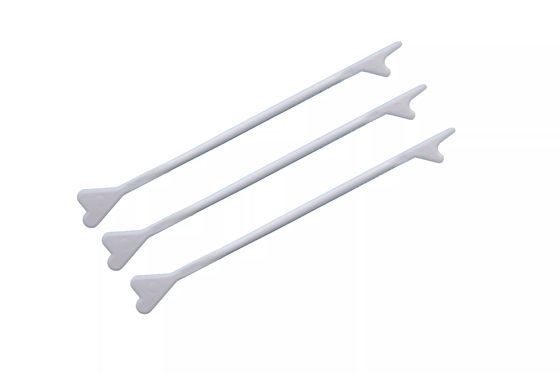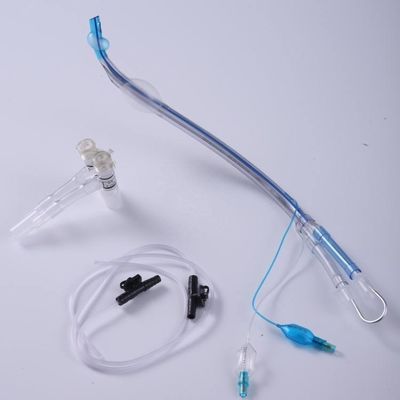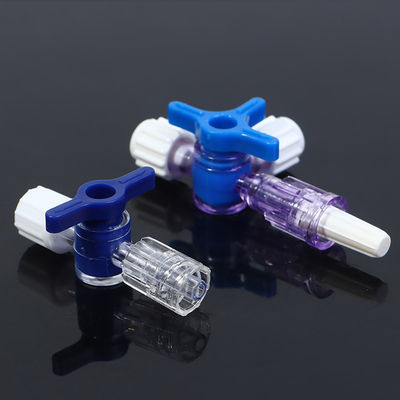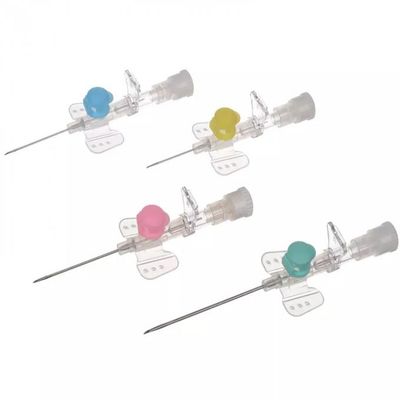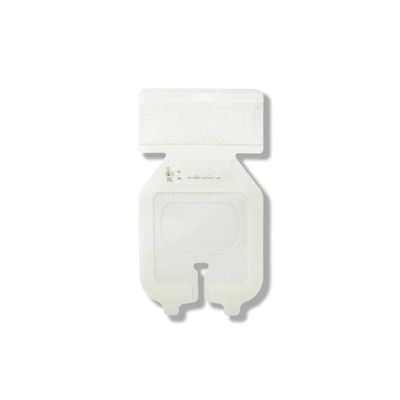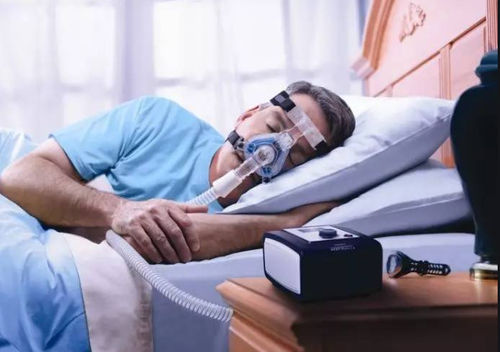CPAP introduction:
An implant for obstructive sleep apnea — a serious sleep malady in which breathing stops for 10 seconds to two minutes many times an hour each night — works best in people who are overweight but not severely obese, a new study found.
To qualify for the device, called a hypoglossal nerve stimulator, a person over 18 diagnosed with moderate-to-severe obstructive sleep apnea must be unable to adapt or refuse to wear a continuous positive airway pressure, or CPAP, machine, the gold standard treatment for obstructive sleep apnea.
CPAP stands for Continuous Positive Airway Pressure. It is a non-invasive medical treatment commonly used for individuals with sleep apnea, a condition characterized by interrupted breathing during sleep.
A CPAP machine delivers a constant flow of air pressure through a mask worn over the nose or both the nose and mouth. The air pressure helps keep the airways open, preventing pauses in breathing and ensuring a continuous oxygen supply throughout the night. By maintaining a steady airflow, CPAP effectively reduces or eliminates snoring, improves sleep quality, and alleviates the symptoms of sleep apnea.
CPAP machines typically consist of a motor that generates airflow, a humidifier that adds moisture to the air to prevent dryness, a mask or interface that fits over the face, and tubing that connects these components. The machine can be adjusted to deliver the appropriate air pressure prescribed by a healthcare professional based on the severity of the individual's sleep apnea.
It's important to note that CPAP therapy requires a diagnosis of sleep apnea and a prescription from a qualified healthcare provider. The specific settings and adjustments of the CPAP machine should be determined by a sleep specialist or respiratory therapist to ensure its effectiveness and safety for the individual using it.
Your message must be between 20-3,000 characters!
Please check your E-mail!
Your message must be between 20-3,000 characters!
Please check your E-mail!

